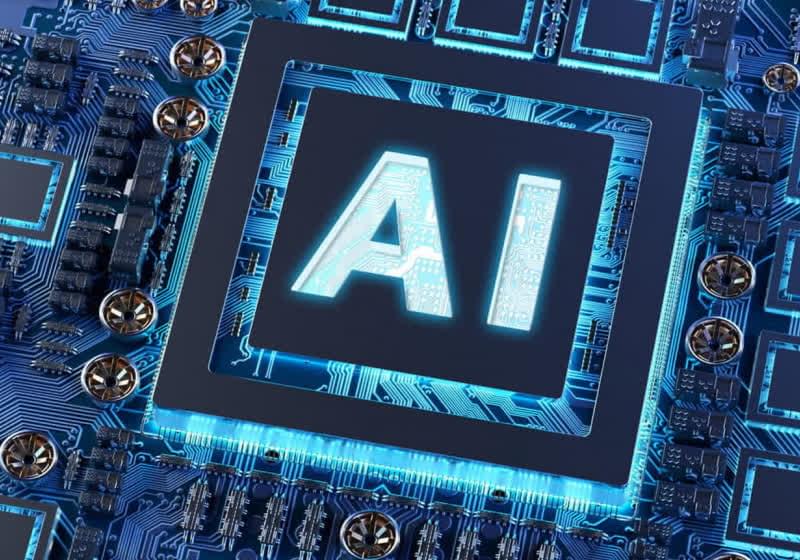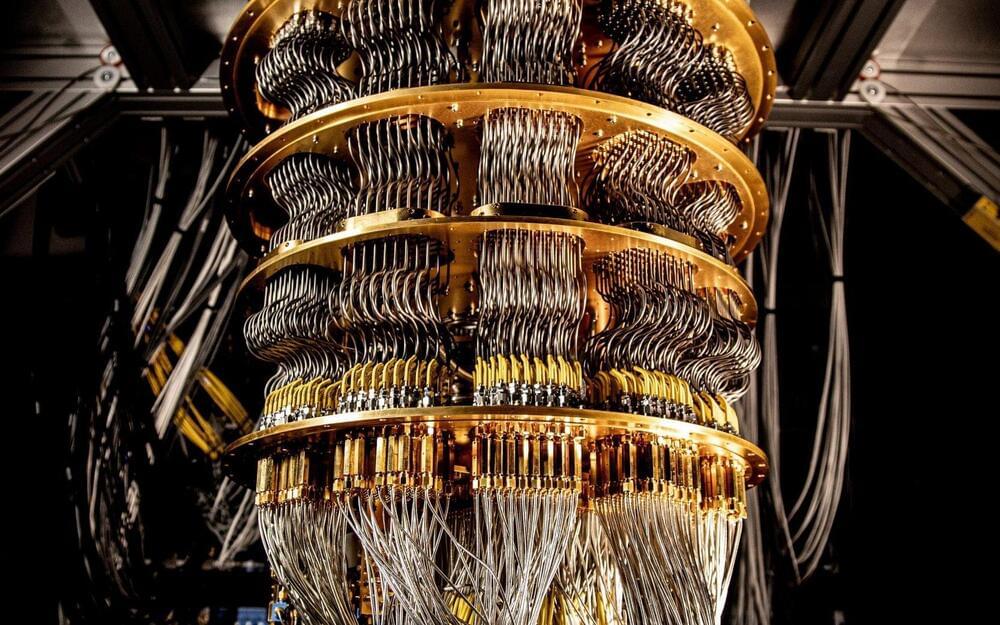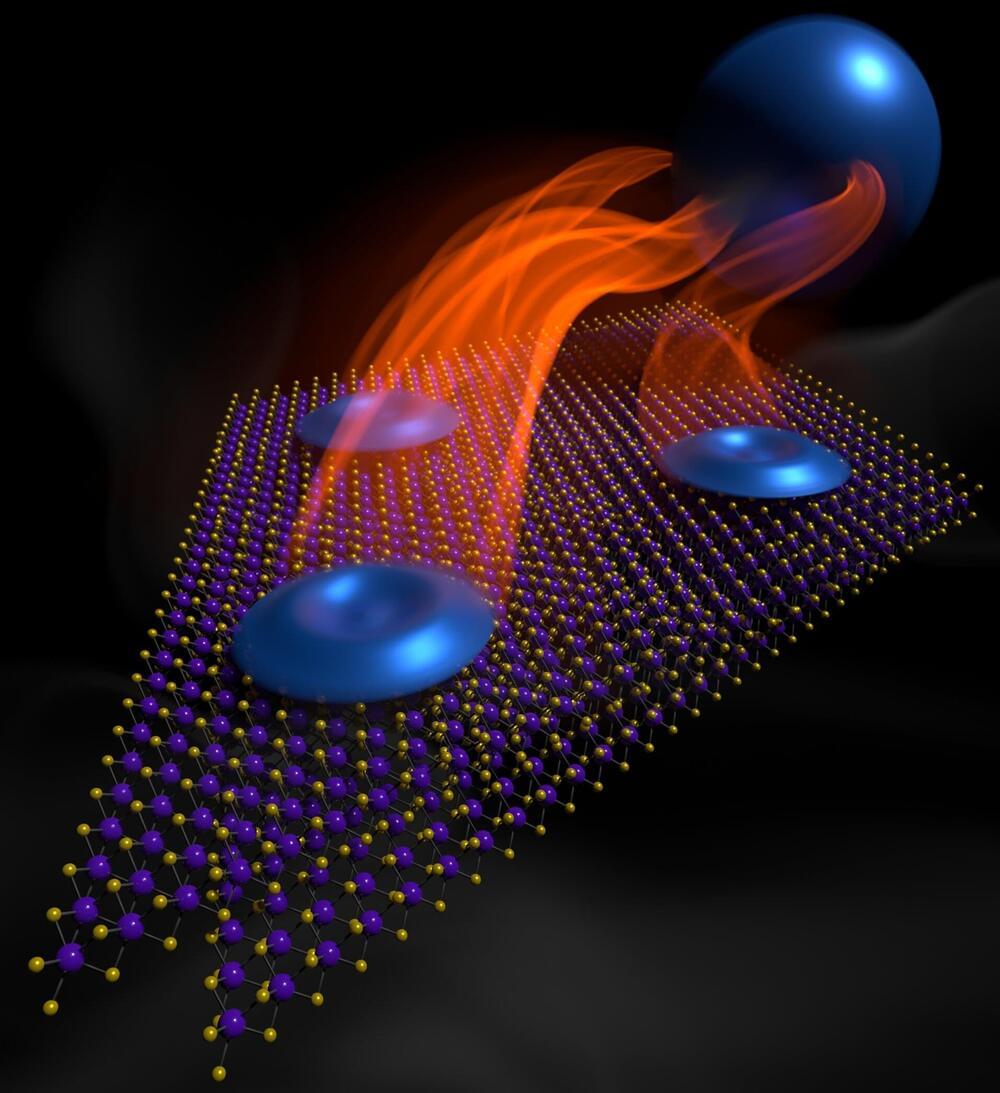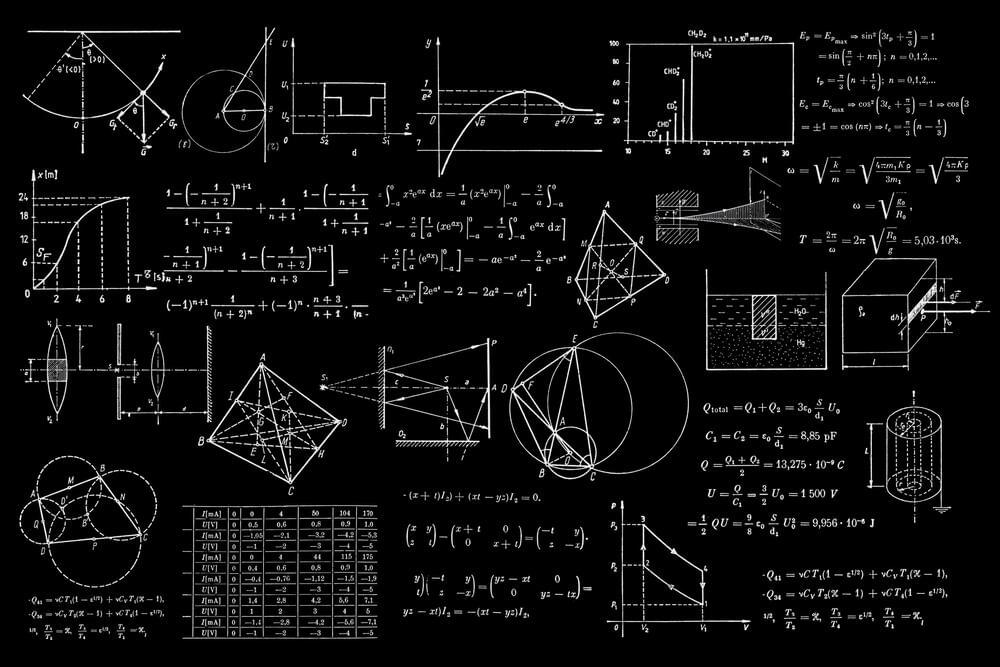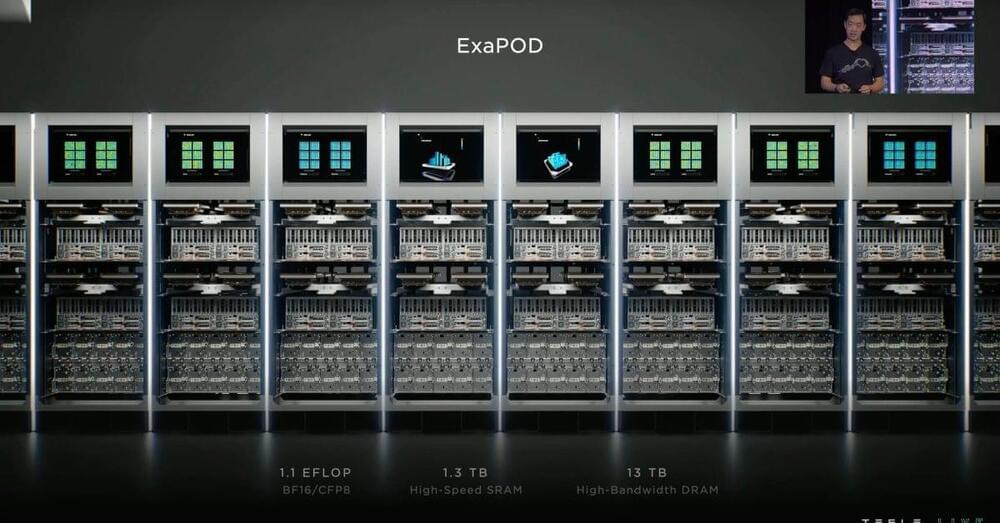Jul 6, 2023
Elusive Ninth Dedekind Number Discovered: Unlocking a Decades-Old Mystery of Mathematics
Posted by Paul Battista in categories: mathematics, supercomputing
Scientists from the Universities of Paderborn and Leuven solve long-known problem in mathematics.
Making history with 42 digits: Scientists at Paderborn University and KU Leuven have unlocked a decades-old mystery of mathematics with the so-called ninth Dedekind number. Experts worldwide have been searching for the value since 1991. The Paderborn scientists arrived at the exact sequence of numbers with the help of the Noctua supercomputer located there. The results will be presented in September at the International Workshop on Boolean Functions and their Applications (BFA) in Norway.
What started as a master’s thesis project by Lennart Van Hirtum, then a computer science student at KU Leuven and now a research associate at the University of Paderborn, has become a huge success. The scientists join an illustrious group with their work: Earlier numbers in the series were found by mathematician Richard Dedekind himself when he defined the problem in 1,897, and later by greats of early computer science such as Randolph Church and Morgan Ward. “For 32 years, the calculation of D was an open challenge, and it was questionable whether it would ever be possible to calculate this number at all,” Van Hirtum says.

